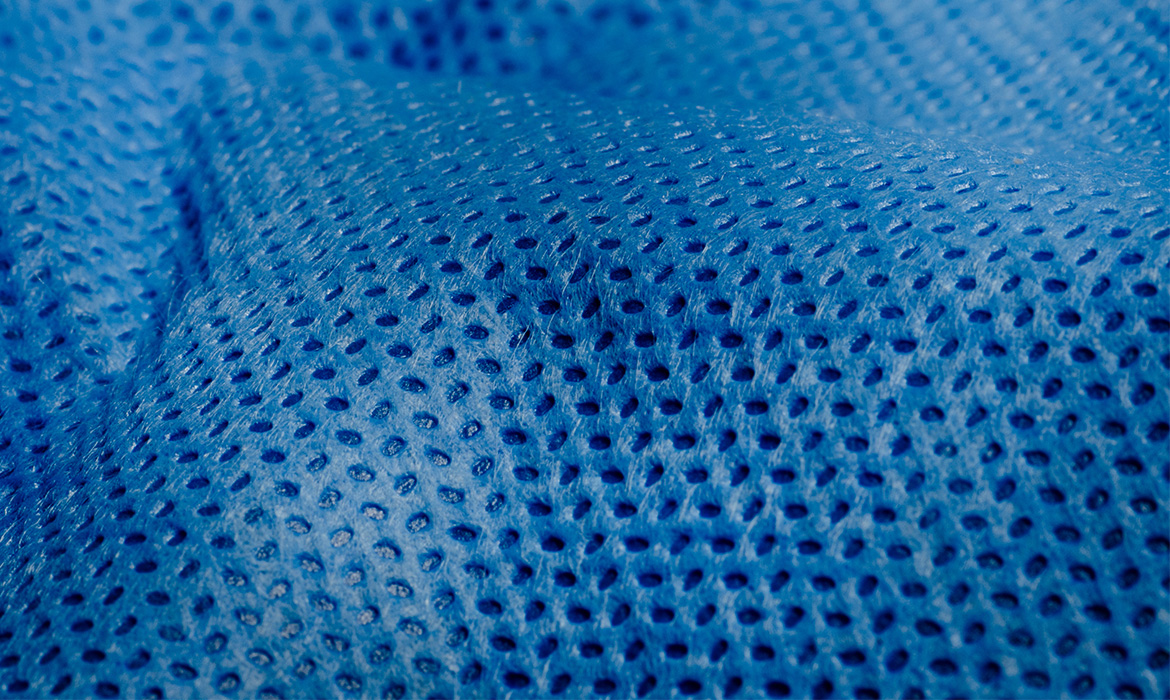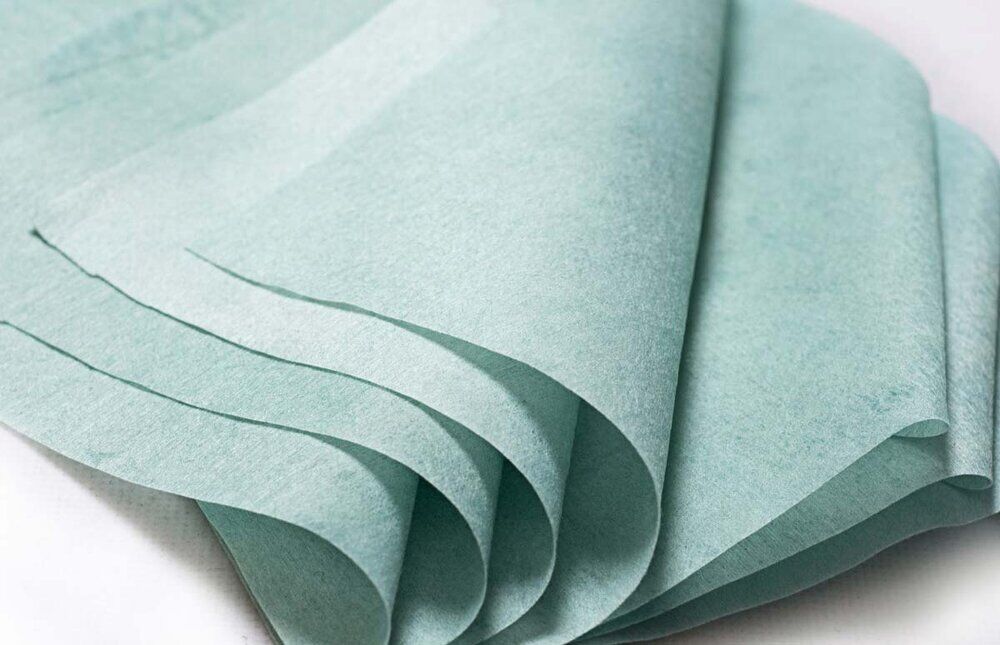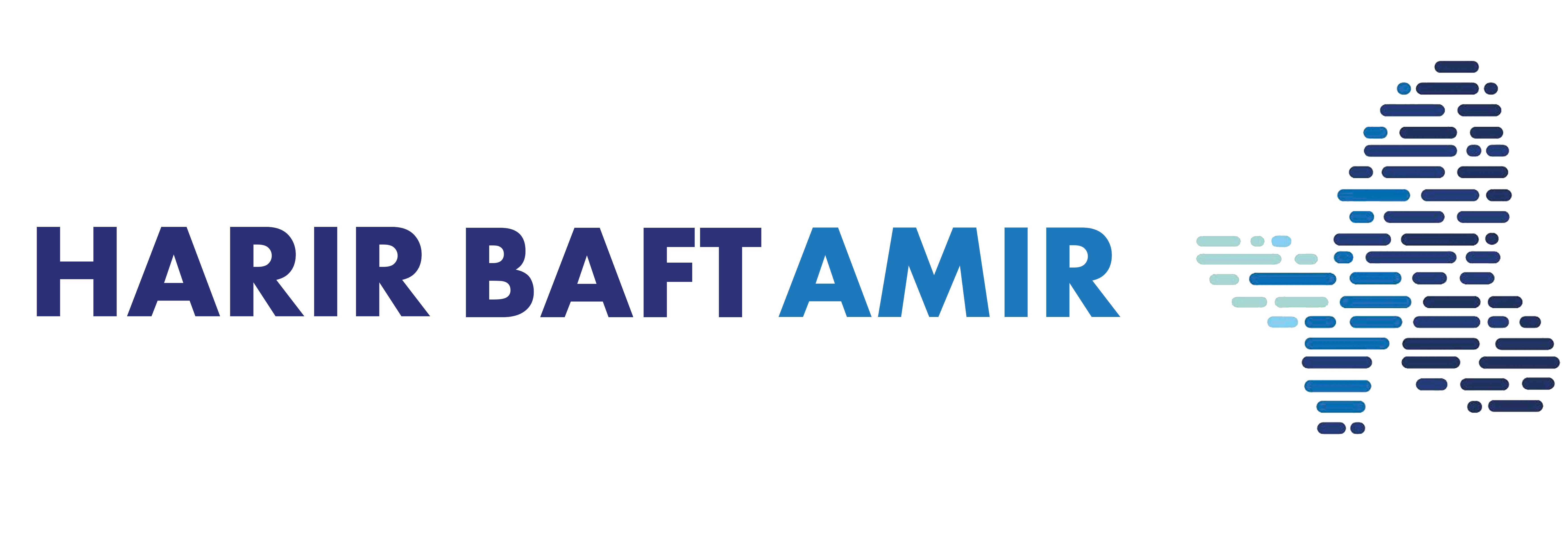
Everything Need to Know About the Spunbond Fabric
The most recent

What is Geotextile?
9/20/2025Geotextile is a type of engineered fabric used in civil engineering projects. At HarirBaft Amir, we provide geotextiles at the best prices.

What is Agricultural...
9/12/2025Agricultural fabric is made from materials such as polypropylene or polyethylene and is manufactured using technologies like weaving or spunbond processes.

What is Nano Fabric?
8/20/2025Nano fabric, or nanofabric, is one of the key achievements of nanotechnology in the textile industry, revolutionizing our understanding of fabrics and their applications.
The most visited

Where to Buy Spunbon...
9/30/2023Spunbond fabrics belong to a category of non-woven textiles made from polypropylene. Unlike conventional fabrics constructed with warp and weft, spunbond materials

What is Spunbond
10/2/2023One of the most captivating, functional, and widely-used fabrics in the domestic market is the spunbond fabric. This fabric plays a significant role in the production of industrial products due to its unique characteristics.

Crafting Melt Blown ...
9/30/2023Melt blown textiles have emerged as one of the most sought-after materials, gaining prominence especially in the healthcare field
subscribe to newsletter

Everything Need to Know About the Spunbond Fabric
1/16/2024
Spunbond fabric is one of the non-woven fabrics made from polypropylene fibers. Due to its positive features and advantages, this fabric has found applications in various industries. Considering the industrial growth, it can be said that eliminating the production of spunbond fabrics is nearly impossible. In this article, we'll introduce you to the applications and various types of spunbond fabric.
Applications of Spunbond Fabric
Spunbond fabrics, produced with various characteristics, have entered the market with specific uses. Below, we introduce the applications of spunbond fabric:
1. Medical and Hygiene Uses: Moist and hygiene towels, operating room clothing, underpads, bed linens, patient clothing, caps and masks, shoe covers and equipment, diapers, sanitary napkins, etc.
2. Agricultural Uses: Fertilizer packaging, packaging of products and fruits, greenhouse covers, prevention of soil freezing and product protection, agricultural land covers, mushroom cultivation, etc.
3. Automotive Industries: Interior decorations, covers and tents, paint lines, soundproofing.
4. Construction and Road Industries: False walls, formwork, pipe wrapping, semi-finished building coatings, decoration, etc.
5. Industrial Filters: Industrial sieves, fine filters, liquid filters such as those used for soft drinks, milk, etc.
6. Environmental Uses: Oil pollution cleanup in seas, physical protection, underlays for beetle cages or pets.
7. Printing Industries: Designing on T-shirts or fabric writing.
8. Food Packaging: Tea, fruit, legumes, etc.
9. Bedding Production: Mattresses, quilts, bedspreads, car covers, etc.
Types of Spunbond Fabric
In general, spunbond fabrics have different types based on factors such as:
- Weight
- Length per roll
- Width per roll
- Coloring
Spunbond fabrics also have different layers. The number of layers determines the thickness of the spunbond fabric. In the textile industry, spunbond fabric with one layer is known as S, two layers as S2, and so on. The middle layer is made of melt-blown fabric, which has fine and liquid-resistant fibers. Spunbond 4-layer fabrics are highly resistant to bacterial and microbial penetration and are used in the production of sanitary items such as masks and surgical gowns.
Features of Spunbond Fabric
Some of the essential features of spunbond fabrics include:
- Water repellency
- Antibacterial properties
- UV resistance
- Softness and smoothness
- Cost-effectiveness
- Affordable price
- Ability to produce in various colors and weights
Price of Spunbond Fabric
Generally, the price of spunbond fabrics varies based on several factors, including:
- Quality
- Type
- Size
- Application
- Manufacturing standards
Start a conversation
Hello ! Click on a member below and chat.